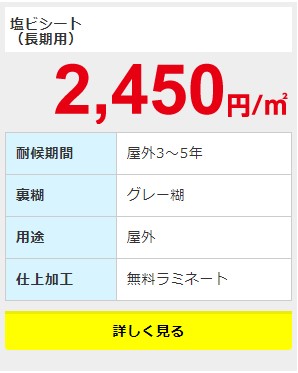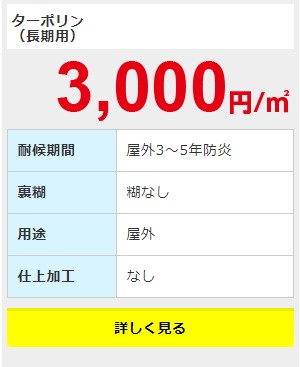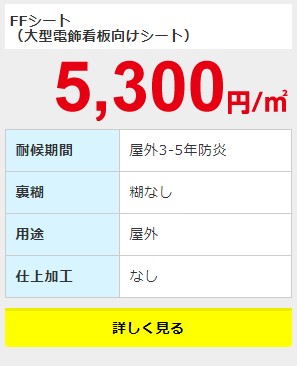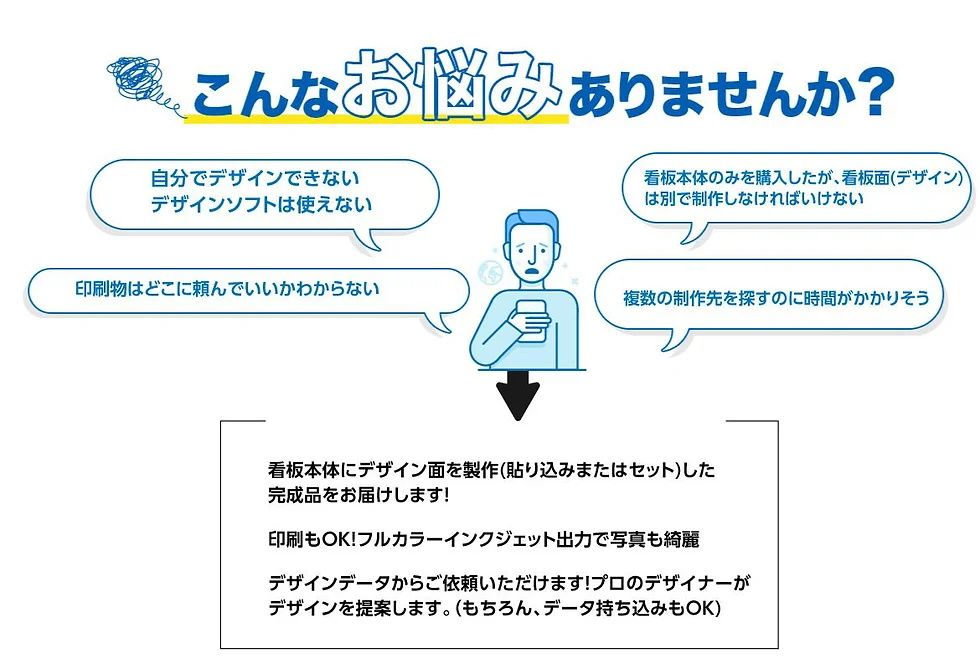Most often, the aim of a danger analysis is to better understand how danger will financially influence an organization. This is often calculated as the risk worth, which is the chance risk type of an event occurring multiplied by the value of the occasion. Though there are various kinds of risk analysis, many have overlapping steps and goals. Each company may also choose to add or change the steps under, but these six steps outline the commonest means of performing a danger analysis. Opposite of a needs analysis, a root trigger analysis is carried out as a end result of something is occurring that shouldn’t be.
Dlg Returns To H1 Profitability However Misses Consensus
A firm’s IT infrastructure should be assessed to determine whether and to what diploma it creates risk — for example, if IT systems and functions are aging, pricey or not resilient enough. A firm should handle its personal credit score obligations by ensuring that it at all times has adequate money flow to pay its accounts payable bills in a timely style. Otherwise, suppliers might either stop extending credit score to the company and even cease doing enterprise with the corporate altogether. This example additionally relates to https://www.globalcloudteam.com/ one other factor of market risk—the risk of being outmaneuvered by competitors.
Why Is Danger Management Necessary In Business?
For instance, if an investor holds a vital portion of their portfolio in expertise stocks, they might experience bigger losses throughout a downturn in the expertise sector. Liquidity danger is the chance that an investor won’t be able to purchase or promote an asset at an affordable value inside a desired timeframe. Market danger is the danger that the value of an investment will decrease because of adjustments in total market circumstances. VaR is like a monetary climate forecast, telling you the possibilities of storms ahead.
Benefits And Downsides Of Danger Analysis
While most traders are concerned about draw back threat, mathematically, the chance is the variance both to the downside and the upside. For instance, an American firm that operates on a global scale may wish to understand how its bottom line would fare if the change rate of choose countries strengthens. A sensitivity table exhibits how outcomes range when one or more random variables or assumptions are modified.
Howden Re’s Lynch: Cyber Insurance Coverage Market To Skyrocket To ~$43bn By 2030
However, if it is extra particularly outlined, therisks can be more clearly categorized. Systemic danger is tough for individual investors to handle, because it impacts the whole market or financial system. For example, the 2008 financial disaster, triggered by the collapse of the US housing market, led to a world financial downturn and widespread losses for buyers. Concentration threat arises when an investor’s portfolio is heavily weighted toward a particular asset, sector, or market, making it extra susceptible to fluctuations in that specific space. Inflation danger arises when the rate of inflation outpaces the return on investment, diminishing its buying power. For instance, if an investment earns a 3% return but inflation is 4%, the real return on the funding is -1%, leading to a loss of buying energy.
Professionals And Cons Of Financial Threat
Many of themare self explanatory, however the most important distinction is whetherthe threat is exclusive or idiosyncratic to a firm or not. Destroying one’sreputation isn’t a systemic threat within the economic system or themarket-place. On the other hand, market threat, corresponding to devaluationof the dollar is systemic danger for all firms in the export orimport businesses. The examples aren’t complete and the scholar isinvited to add as many examples as desired. For example, having some factorieslocated in nonearthquake areas or motels positioned in numerouslocations within the United States diversifies the risk.
Credit risk is an inherent part of lending and investing activities, and its efficient administration is crucial to maintain the stability of financial institutions. A well-diversified portfolio is less prone to be considerably impacted by any single market event or danger issue, helping to guard investment returns over the long term. Diversification includes spreading investments across a variety of asset classes, sectors, and regions, which can help cut back the overall danger of a portfolio. Concentration risk can be influenced by varied elements, together with investor preferences, market developments, and the efficiency of specific industries or sectors. Currency threat, also known as overseas change threat or trade rate danger, happens when fluctuations in currency change rates impact the worth of investments denominated in foreign currency exchange. Inflation risk is primarily influenced by macroeconomic components, similar to financial coverage, fiscal policy, and economic growth.
Sometimes, danger analysis is important as a end result of it guides company decision-making. Consider the instance of a company considering whether or not to maneuver ahead with a project. The choice could also be as easy as figuring out, quantifying, and analyzing the danger of the project. Examples of qualitative danger instruments embody SWOT evaluation, cause and effect diagrams, determination matrix, recreation concept, etc.
For example, a legal risk is only a risk as a outcome of it poses financial, operational, and reputational risks. A authorized case distracts from everyday enterprise exercise, having an operational influence. And of course a authorized case whether gained or lost can have a reputational influence. Sometimes folks argue there are extra danger categories than financial, operational and reputational.
Stress testing helps investors and financial institutions identify vulnerabilities and implement measures to mitigate potential losses. Stress testing is a danger administration technique used to gauge the potential impression of utmost market events on a portfolio or financial establishment. Factors that may have an effect on foreign money risk embody modifications in economic conditions, political events, central bank policies, and market sentiment. Interest fee risk is influenced by components such as financial coverage selections by central banks, inflation expectations, and total economic circumstances.
The discount rate method of risk-adjusting an investment is the most common method, as it’s fairly simple to make use of and is widely accepted by teachers. The idea is that the anticipated future money flows from an funding will must be discounted for the time worth of money and the extra threat premium of the funding. The researchers drew on 2010 knowledge from the whole Danish inhabitants (approximately 5.5 million individuals). They identified 6851 instances of SCD, which have been matched to people with varieties 1 and 2 diabetes primarily based on prescription knowledge. Finally, the researchers recognized loss of life years for every diagnostic group. LONDON — Patients with both sort of diabetes, but especially kind 1, have greater incidence charges of sudden cardiac dying (SCD) throughout age teams, showed knowledge from a nationwide study.
- Based on these historic returns, we will assume with 95% certainty that the ETF’s largest losses will not transcend 4%.
- The important piece to remember here is administration’s ability to prioritize avoiding potentially devastating outcomes.
- Investors can mitigate funding threat by diversifying their portfolio, investing in low-risk securities, setting practical investment goals, and often monitoring their investments.
- Financial, reputation, and operational risks are interconnected, and their interplay can lead to complicated challenges.
- Consider the instance of an organization considering whether or not to maneuver forward with a project.
The goal of danger evaluation is to uncover the data essential to reduce the danger of probably damaging occasions in the future. These dangers have the potential to considerably disrupt a company’s strategic plans if not effectively managed and mitigated by business leaders. These devices can be utilized by monetary establishments to hedge their exposure to credit risk or to invest on the creditworthiness of debtors. These models may be based on a wide selection of factors, such as fee history, debt ranges, and revenue.





































